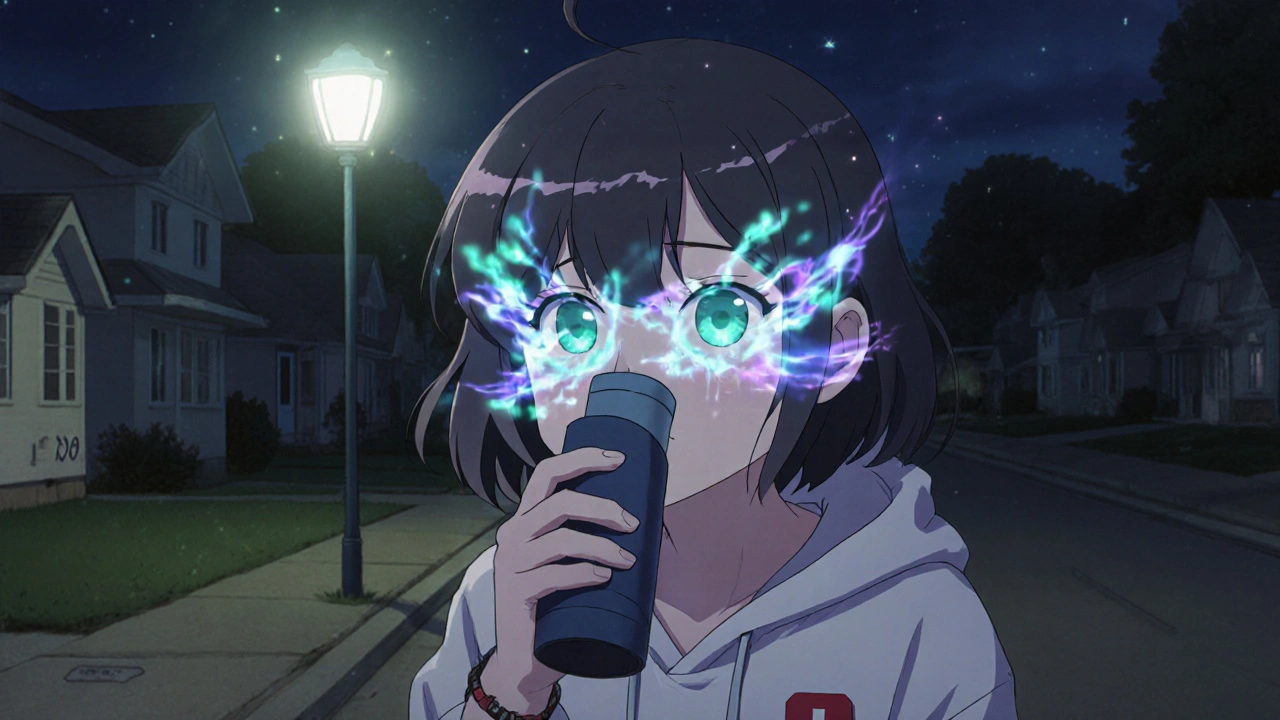Posterior Subcapsular Cataracts: What They Are and How They Affect Your Vision
Posterior subcapsular cataracts, a type of clouding that forms on the back surface of the eye’s lens. This form of cataract develops faster than others and often hits people younger than 60, especially those with diabetes, long-term steroid use, or a history of eye inflammation. Unlike typical cataracts that start at the edges of the lens, posterior subcapsular cataracts form right in the center of the visual path—making even small changes feel dramatic. You might notice glare from headlights at night, halos around lights, or blurry vision when reading—even with your usual glasses on.
This type of cataract doesn’t just blur your sight; it messes with contrast and depth perception. People often say they see fine in bright light but struggle in dim rooms. That’s because the clouding sits where light focuses most intensely. Steroid use, including inhaled, oral, or topical corticosteroids is a major trigger—especially with prolonged use. Diabetes, a condition that alters fluid balance and sugar levels in the eye also speeds up this process. Even radiation therapy to the head or eye trauma can lead to this specific cataract type. It’s not just aging—it’s often tied to other health issues.
Diagnosis is simple: an eye doctor uses a slit-lamp to see the exact location and density of the clouding. No fancy scans needed. But because symptoms show up early and progress quickly, waiting too long can mean losing more vision than necessary. Surgery is the only cure. It’s safe, common, and usually done in under 20 minutes. The cloudy lens is removed and replaced with a clear artificial one. Most people see better within a day or two. If you’re on steroids or have diabetes and notice sudden glare or blurry reading vision, don’t wait. Get your eyes checked.
What you’ll find below are real, practical guides from people who’ve dealt with this—whether it’s managing symptoms before surgery, understanding risks linked to medications, or choosing the right time for an operation. No fluff. Just clear info on what works, what doesn’t, and what to ask your doctor.

Steroid-Induced Cataracts: What Vision Changes to Watch For and How They’re Treated
Steroid-induced cataracts develop quickly and cause blurry vision, glare, and faded colors. Learn how steroids damage the lens, who’s at risk, and why early eye exams can save your sight - even if you need to keep taking steroids.
October 27 2025